Catch us at Beauty Expo Australia: Jelly Ko at Booth D138
Catch us at Beauty Expo Australia: Jelly Ko at Booth D138
Products
The K-Beauty Brand That Grew Its Own D*mn Centella
July 22, 2025

The K-Beauty Brand That Grew Its Own D*mn Centella
What kind of brand shuts down its entire production line for 72 hours just to ferment a single ingredient?
In an industry built on speed, duplication and sometimes more hype than integrity, K-Beauty brand Mixsoon stands out for all the right reasons. From farming its own Centella on Jeju Island to rejecting fear-based clean beauty narratives, Mixsoon is walking the walk.
💬 CONNECT WITH LAUREN
EPISODE SUMMARY
In today’s episode, we go behind the scenes with Mixsoon, chatting to Mina to find out how the brand quietly built a global following, not with gimmicks or fear-mongering, but by staying laser-focused on ingredient quality, transparent sourcing and old-school skincare values.
Like STYLE STORY, Mixsoon's founder also originally got his start as a distributor. Mr Hwang had been in the business more than 10 years before realising a gap in the market - there were so many K-Beauty brands making products with ingredients like Centella asiatica in them but why were they including so many other "filler" ingredients in the formula? Why not just focus on and highlight the star of the show itself? And so Mixsoon was born.
Mixsoon's name combines the words "Mix" and "Soon". In Korean, "soon" (순, 純) means "pure". Therefore, Mixsoon translates to "blend of purity" or "mixing pure ingredients".

Fermentation as Craft, Not Buzzword
If you are familiar with Korean culture, you'll know the importance of fermentation to the Korean diet. This extends to Korean skincare as well.
However, just like coffee, which differs in flavor and taste based on the origin of the beans and brewing methods, high-quality, pure ingredients are the foundation of effective fermented skincare.
Fermentation has a long history in Korean skincare and is a topic we've explored on the Korean Beauty Show many times.
For past episodes, tune into this episode and this one.
You can also shop products using fermented ingredients here.
In short, fermentation in skincare is the process of using beneficial microorganisms to break down raw ingredients over time. This can help make certain compounds more bioavailable, meaning the skin can absorb them more easily. It’s a process that has long been part of Korean food and herbal traditions, so it naturally found its way into beauty as well.
Mixsoon decided to ferment its ingredients over three days using a cold ultrasonic extraction method. The result? Traditional Korean ingredients that are gentle, potent and highly bioavailable.

Growing Their Own Damn Centella
Yep, literally. Mixsoon grows pesticide-free Centella Asiatica on Korea's Jeju Island, harvesting and extracting it on-site to maintain full control of quality.
The Centella isn't fermented but rather extracted using the same 72-hour low-temperature ultrasonic method they use in other parts of their production, which helps keep delicate components like Madecassoside intact.
The trade-off is that the cost of processing the ingredient this ways shows up in the cost of the brand's raw materials and pricing. In short, it is significantly more expensive to manufacture this way than sourcing Centella asiatica through a third-party supplier.
But as Mixsoon explains, yes, this is more expensive and yes, it affects how they price and plan. But for them, it is a part of the brand’s DNA, meaning the cost is unavoidable.

From Insider Favourite to International Cult Brand
While most brands fight for social media virality, Mixsoon’s breakout came from Korean celebrity makeup artists and editors (aka the people who’ve tried everything). Word began spreading through professional circles and the brand's most recognisable product, its Bean Essence, became a quiet powerhouse.
In its early days, Mixsoon didn’t go viral among the general public or the so called "MZ generation" (a term that Koreans use to refer to Millennials & Gen Z). Instead, it gained traction among beauty insiders, celebrities and older women. That made all the difference.

While the brand isn't formulating specifically for any one skin type or demographic, they find that a lot of their customers are just looking for something that works without feeling overly complicated or irritating. Some Mixsoon customers have sensitive skin; others just want a low-maintenance routine that feel good to use.
The brand describes itself as a mix - part trend, part function - and one that tries to stay responsive without losing sight of what the product actually needs to do.
A Clean Beauty Brand Without the Fear Mongering
Regular listeners of the show will know how skeptical I am about clean beauty claims, particularly because the clean beauty movement is often routed in an unscientific approach to skincare (like the EWG's Red & Green Light approach that villainizes ingredients like Retinol, which has decades of clinical data supporting its effectiveness in skincare), as well as an approach to formulation that is often based on fear mongering to sell more products.
However, Mixsoon’s version of “clean”beauty is clearly different. It’s about being intentional.
So how do they define clean beauty?
No greenwashing, no scare tactics but instead using well-sourced, well-formulated skincare that works across various skin types.
The focus is on what's in the product rather than on what's not in it, which surely is the whole point.

How Did the Brand Continue Surviving When So Many Competitors Closed their Doors?
Recent figures released by Korea's MFDS showed that 8831 K-Beauty brands shut down in 2024 alone.
So how did Mixsoon ensure its survival?
n short, they focused on showing up in person and investing in offline experiences in addition to digital marketing.
Across multiple countries, they held more than 100 masterclasses where they met people face to face. These sessions weren’t just about products. They were about helping people understand skincare routines, ingredient basics and giving them a chance to try things directly on their skin.

It’s not the fastest or most cost-efficient method, but the brand believes that if someone can actually experience the texture and results of its products, they’re more likely to come back. And over time, that proved to be true.
Particularly in markets like the US and Europe, where multi-step skincare isn’t always familiar, the brand explained that these sessions were consistently full.
People appreciated the clarity and hands-on learning. In fact, Mina says that some of the brand's most loyal customers today first encountered the brand through one of those events.
How Did the Collaboration with Enhyphen Come About?
In exciting news for the indie beauty brand, earlier this year Mixsoon announced its first ever brand ambassadorship, with Korean boy band ENHYPHEN.
The group was formed through the 2020 survival competition show I-Land and blends powerful performances with genre-defying music.
It turns out that ENHYPEN used Mixsoon products long before an ambassadorship was even in the works. In fact, part of the reason the relationship felt so natural from the beginning was that the artists, along with their stylists and team, were actually already using Mixsoon's products in their routines regularly.

What's Next for Mixsoon?
As the brand continues to grow, they're not only focused on getting Mixsoon into more hands globally; like through upcoming launches with Ulta in the US and Mexico, as well as expanding into stores across Europe; but they're also thinking about what’s next in terms of formulation and category. So far, they have seen strong interest in ingredients like PDRN and collagen.
Mixsoon is exploring new directions for people who are looking for ingredient-focused, trustworthy formulas across their whole routine.

Wrap-Up: The K-Beauty Brand That Grew Its Own D*mn Centella
Whether you discovered Mixsoon through a viral TikTok, a friend’s bathroom lineup or on the shelves of one of their many retailers, there’s a reason the brand has stuck.
Behind the minimalist packaging and trending K-Beauty ingredients is a company actually doing the work; farming their own Centella, investing in fermentation and leading with purpose.
Thanks to Mina and the team at Mixsoon for supporting the Show and for pulling back the curtain on what it takes to actually run a brand with purpose.
Mixsoon clearly shows that thoughtful beauty still has a place in today’s fast-moving market.
Which Mixsoon product is your fave?
Have you tried the Bean Essence yet?
Let me know in the comments or DM me on Instagram - I’m always curious to hear what’s working in your routine!
STYLE STORY - Your Go To for K-Beauty Since 2014
🔗 CONNECT WITH MIXSOON
- 📸 Instagram: @mixsoon_intl
- 🌐 Korean Site: mixsoon.co.kr
- 🇺🇸 US Site: mixsoon.us
- 💌 Customer Service: global_cs@mixsoon.us
This episode was proudly sponsored by Mixsoon. Huge thanks to their team for supporting The Korean Beauty Show and helping make this conversation possible.
Shop Now
🎙️ The K-Beauty Brand That Grew Its Own D*mn Centella
"What kind of brand shuts down its entire production line for 72 hours just to ferment a single ingredient?"
In an industry built on speed, duplication and more hype than substance, Mixsoon is walking the walk — growing their own Centella on Jeju Island and rejecting fear-based skincare narratives.

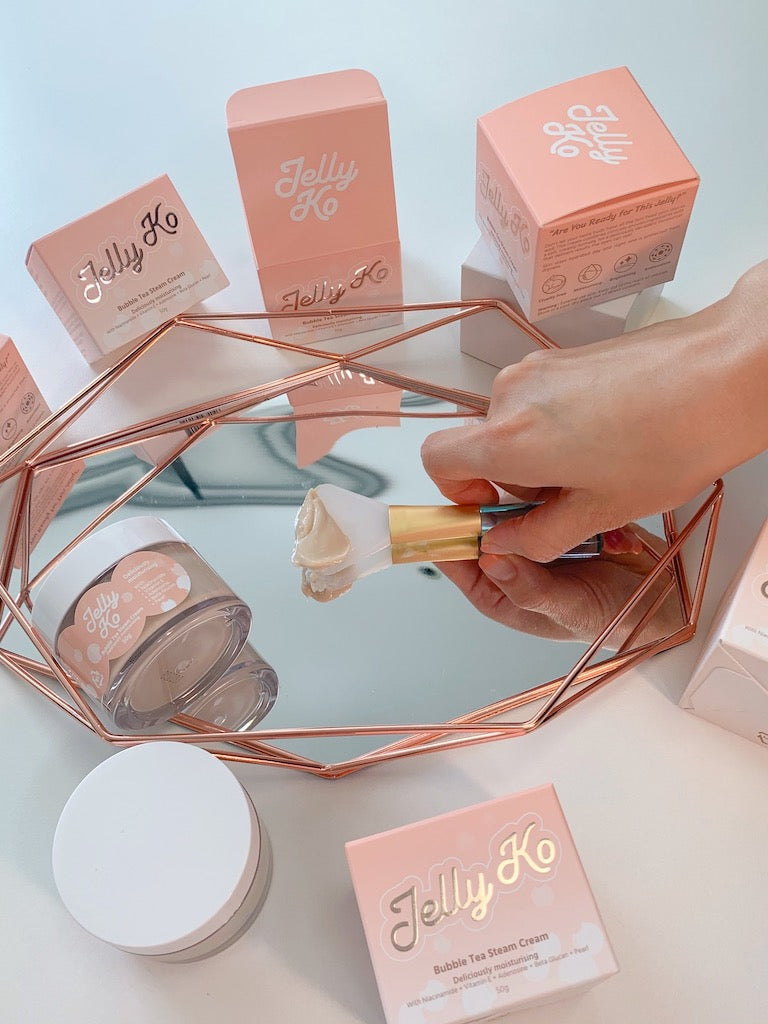
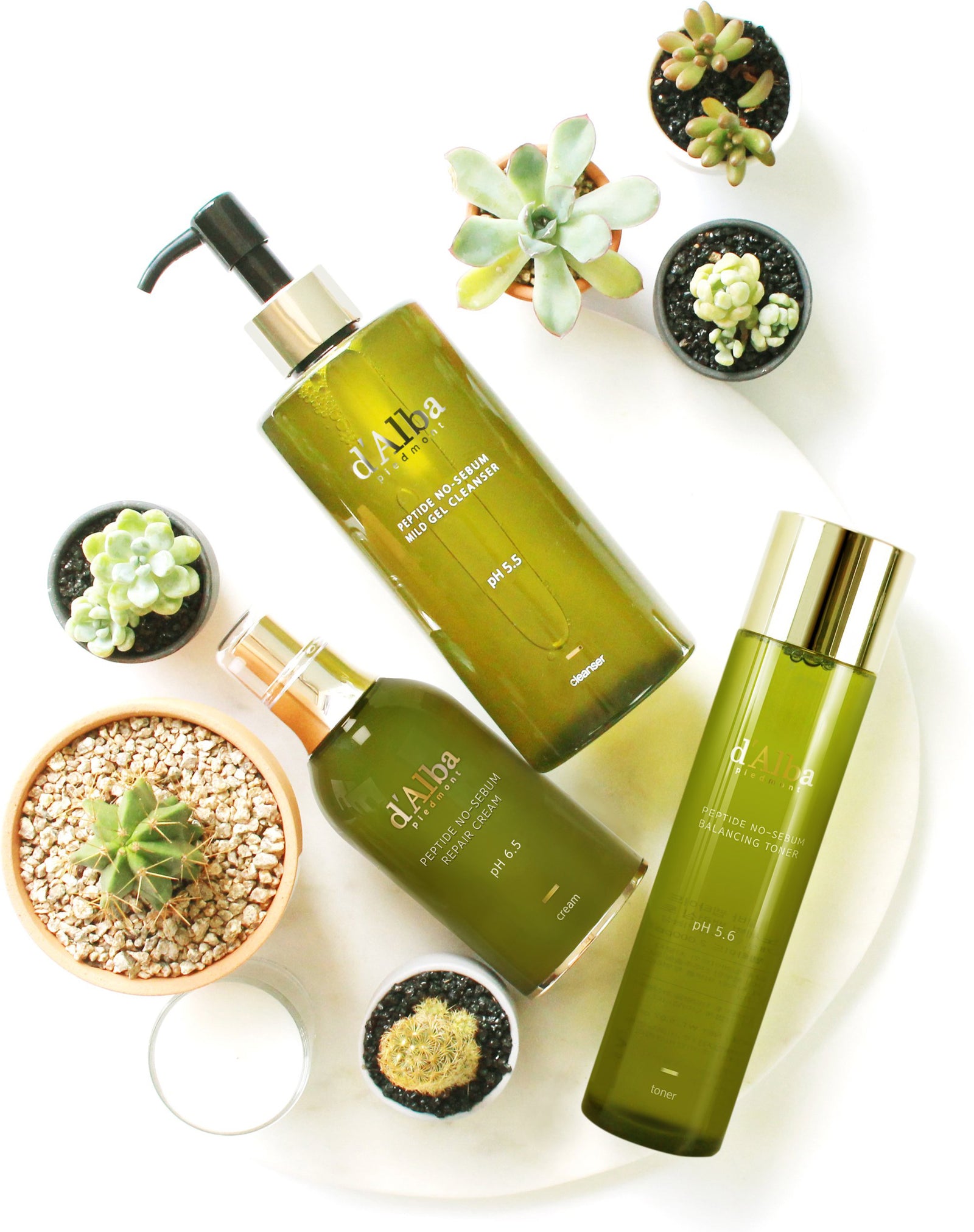
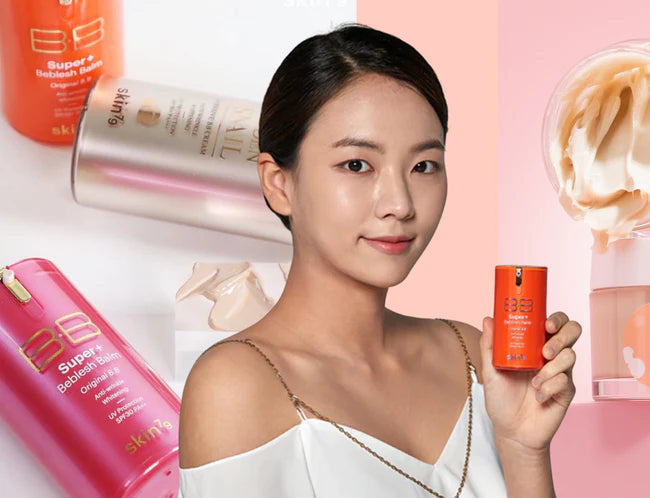
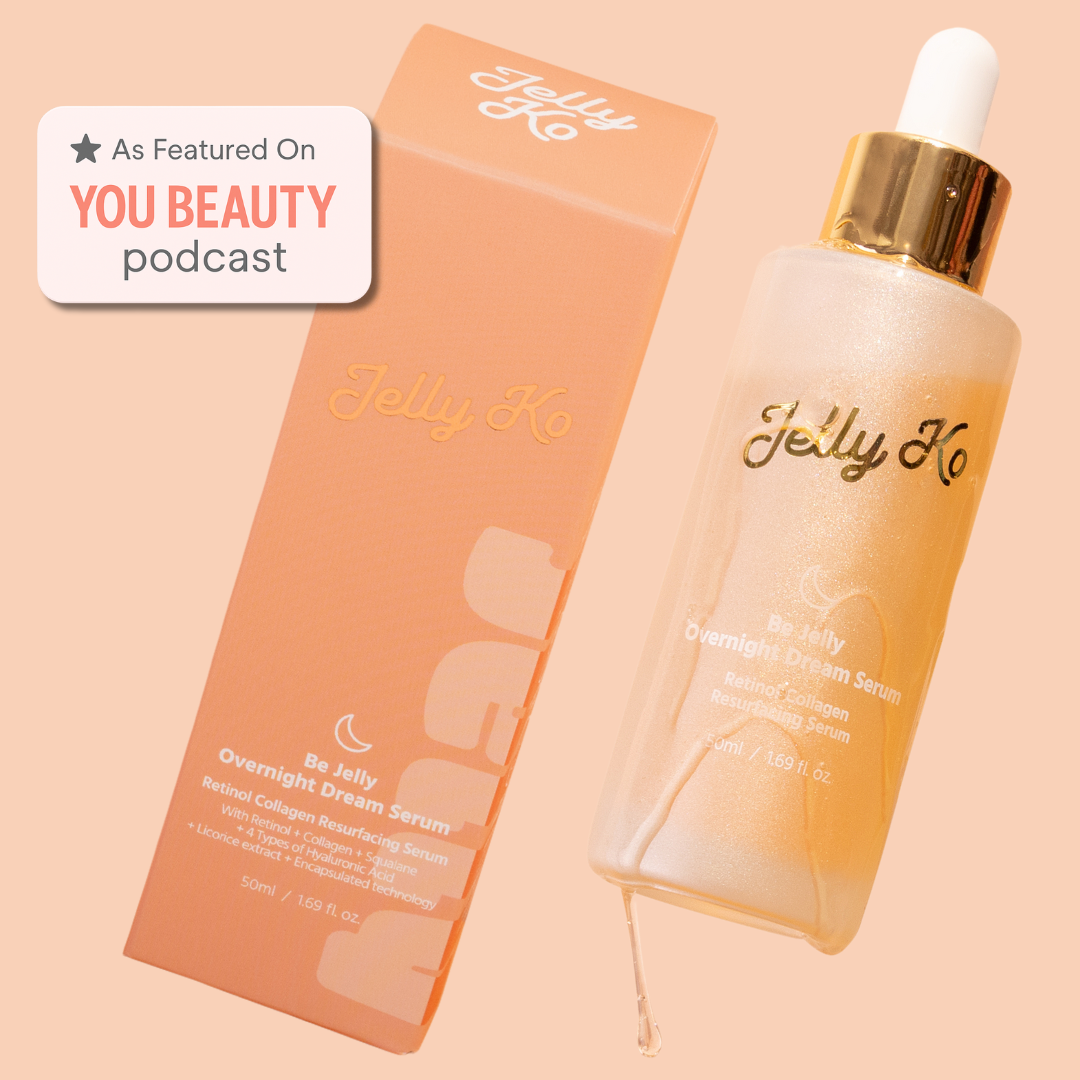
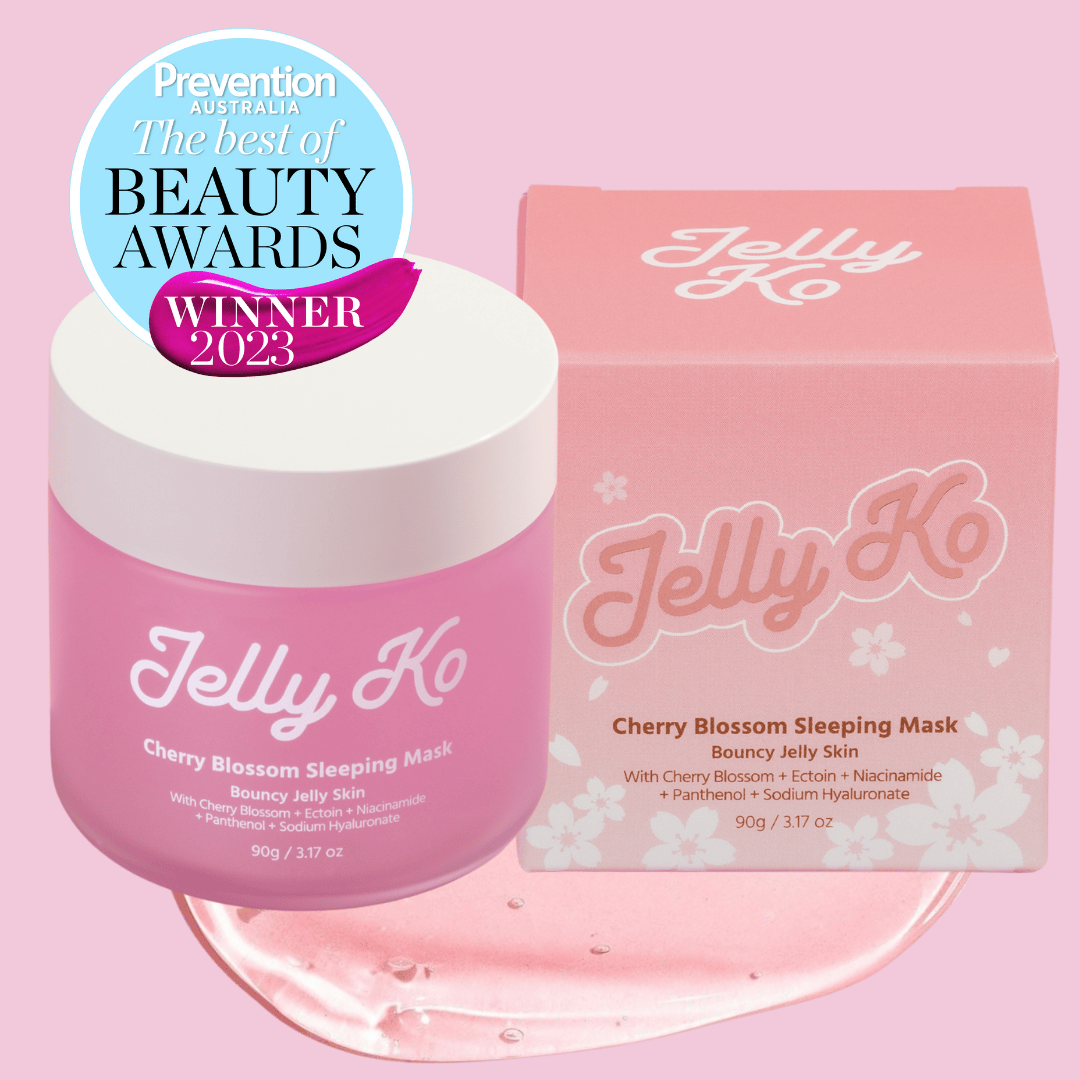
Leave a comment
Comments will be approved before showing up.